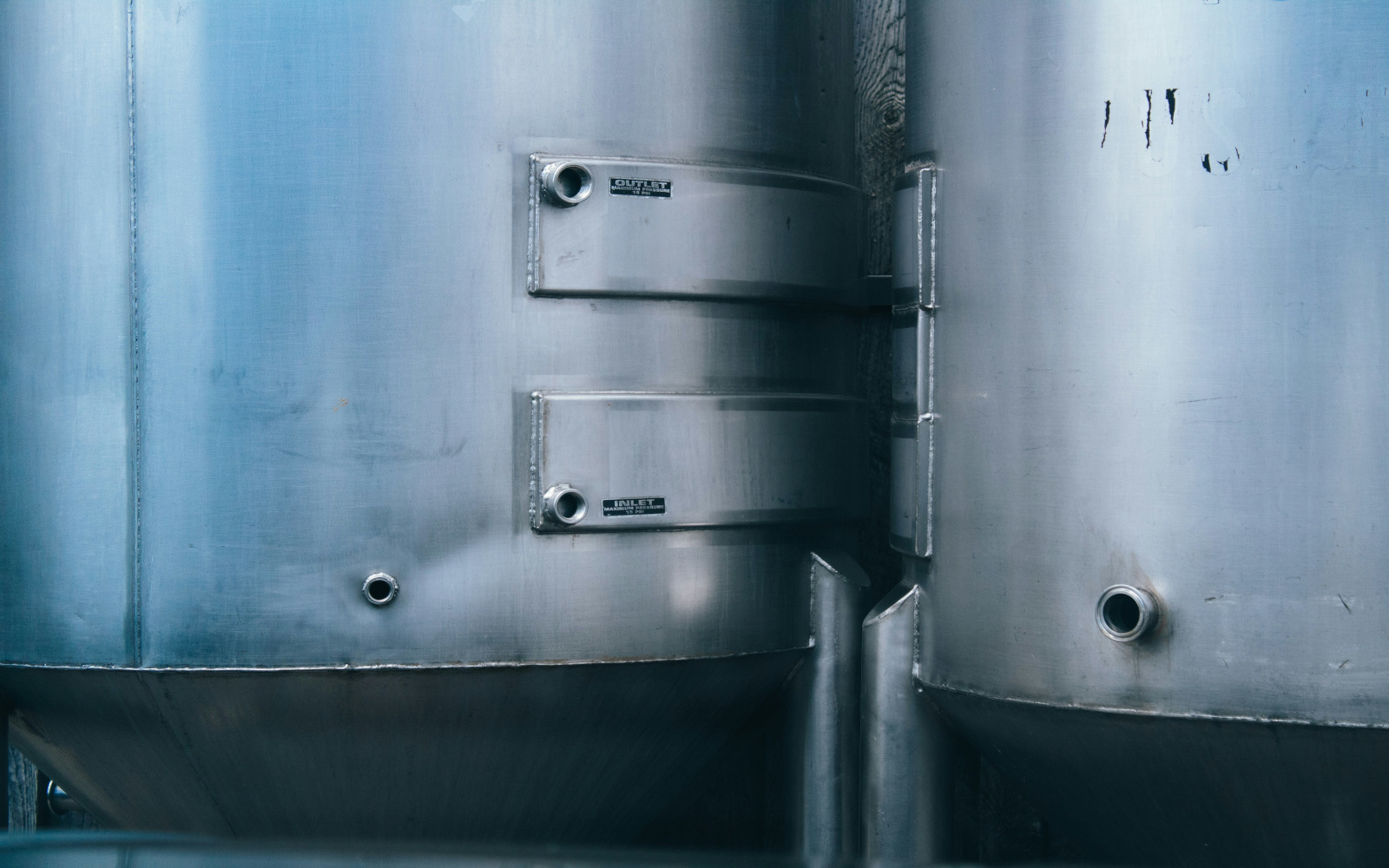Ethylene oxide (C2H4O) is a versatile chemical used in various industrial processes, including sterilization and chemical synthesis. However, it is highly flammable and toxic, posing significant risks to health and safety.
This article explores the dangers associated with ethylene oxide gas leaks, its industrial uses, safety precautions, and best practices for handling such incidents. The goal is to provide safety managers, industrial hygienists, and other professionals with critical information to prevent and manage C2H4O exposure.
Common Industrial Uses of Ethylene Oxide
Ethylene oxide is widely used in several industries due to its effectiveness as a sterilizing agent and chemical intermediate. Key applications include:
- Sterilization of Medical Equipment: C2H4O is used to sterilize medical devices and instruments that cannot withstand high temperatures, such as plastics and electronics.
- Chemical Manufacturing: It serves as a precursor in the production of ethylene glycol, antifreeze, and other chemicals.
- Pharmaceuticals: Used in the synthesis of various pharmaceutical compounds.
- Textiles: Employed in the production of synthetic fibers and fabrics.
Despite its widespread use, ethylene oxide is highly hazardous and requires careful handling.
The Hazards of Ethylene Oxide Gas
Ethylene oxide is a colorless gas with a faint, sweet odor. It poses several serious health and safety risks:
- Flammability: C2H4O is highly flammable and can form explosive mixtures with air. It has a low ignition point and can easily ignite.
- Toxicity: Inhalation of C2H4O can cause respiratory irritation, headache, nausea, and more severe health effects, such as nerve damage and cancer with prolonged exposure.
- Reactivity: C2H4O can react violently with other chemicals, especially strong acids, bases, and oxidizers.
Exposure Limits and Regulations
To protect workers from the dangers of ethylene oxide, various regulatory bodies have established exposure limits:
· OSHA (Occupational Safety and Health Administration):
-
- PEL (Permissible Exposure Limit): 1 ppm (8-hour TWA), 5 ppm (excursion limit)
· NIOSH (National Institute for Occupational Safety and Health):
-
- REL (Recommended Exposure Limit): Lowest feasible concentration
- IDLH (Immediately Dangerous to Life or Health): 800 ppm
· ACGIH (American Conference of Governmental Industrial Hygienists):
-
- TLV (Threshold Limit Value): 1 ppm (8-hour TWA)
Safety Measures and Best Practices
Handling C2H4O safely requires a comprehensive safety approach. Key measures include:
1. Fixed Gas Detection Systems:
-
- Continuous Monitoring: Fixed gas detectors can monitor C2H4O levels, providing early detection of leaks and preventing explosive atmospheres.
- Alarm Systems: Audible and visual alarms notify personnel of dangerous gas levels, allowing for prompt evacuation and response.
2. Personal Protective Equipment (PPE):
-
- Appropriate PPE, including chemical-resistant gloves, goggles, face shields, and protective clothing, is essential when working with ethylene oxide. Respiratory protection is crucial in areas with potential exposure.
3. Proper Ventilation and Containment:
-
- Adequate ventilation systems are critical to disperse C2H4O and reduce the risk of explosive concentrations. Containment measures, such as gas scrubbers, can neutralize released gases.
4. Emergency Response Plans:
-
- Comprehensive emergency response plans should include procedures for containment, evacuation, and first aid. Coordination with local emergency services is vital for effective response.
5. Training and Awareness:
-
- Regular training on the hazards of ethylene oxide, safe handling practices, and emergency procedures is crucial for all employees. Drills should be conducted to ensure preparedness.
Ethylene oxide is a vital industrial chemical with numerous applications, but it poses significant risks if mishandled. Understanding its hazards and implementing robust safety measures, including gas detection systems, proper PPE, ventilation, and comprehensive emergency planning, are essential for protecting workers and facilities.
By adhering to best practices and maintaining vigilance, industries can minimize the dangers associated with C2H4O exposure.
For more information on ethylene oxide safety and Interscan’s Accusafe and GasD 8000 detection systems, please reach out to us and request a quote today.


